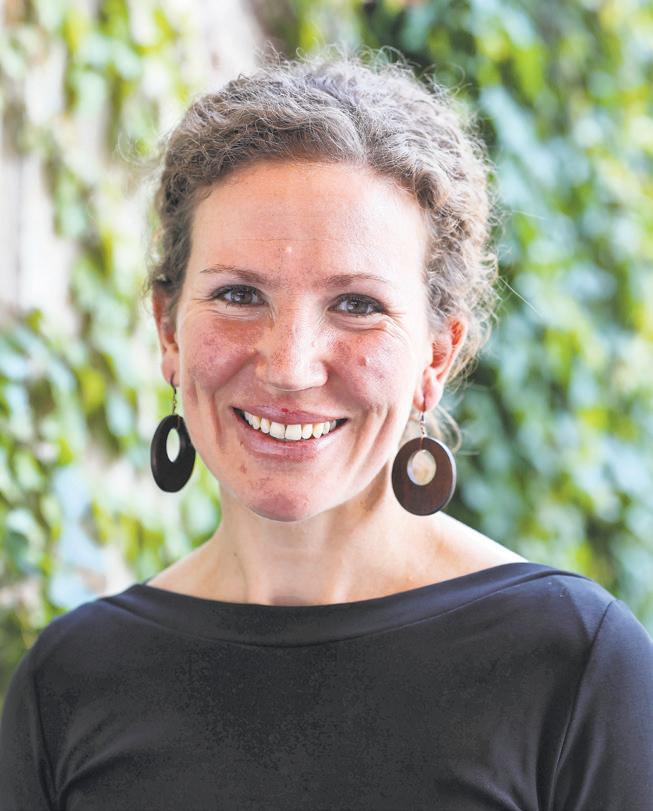
1 minute read
MAK MARS
34, DULUTH tivewomen.com) that researches and profiles Missing, Murdered and Unidentified Indigenous women in the United States and Canada. I’ve been asked to consult with the University of Arizona, the Minnesota State MMIW taskforce and the Presidential Taskforce on MMIW due to my work.
How do you spend your free time?
I spend a lot of time gaming; photographing; playing with my pet conure, Mabel; and doing at-home projects with my four children.
Tell us about an influential person in your life.
When I was in college a close friend introduced me to Steve O’Neil and Angie Miller, as I had recently lost housing. They took me in and I lived with them for two years until I finished my degree. They both taught me a lot about what it means to be community involved, to do work that is hard and for the greater good, and to dare to not always assume that prob- lems in our community are someone else’s problem to solve.
Where is your favorite place in Duluth/Superior?
My favorite place is Wisconsin Point. My great-great-great-great-great grandfather was Chief Osaugie and the foundation for my great-grandmother’s house still stands in those woods. The Indigenous burial ground at the end of the beach belongs to my relatives. It’s a place for contemplation and beautiful wildlife in addition to a place to connect with my ancestors.
What have you learned in your time spent at home during the pandemic?
One of the most important things in a situation like this is to give yourself things to look forward to. Your favorite TV show coming on, an order coming in the mail, fun projects to do with your family. It can be hard to have those things when the rest of the world is closed down, so it’s important to try and make them for yourself.









